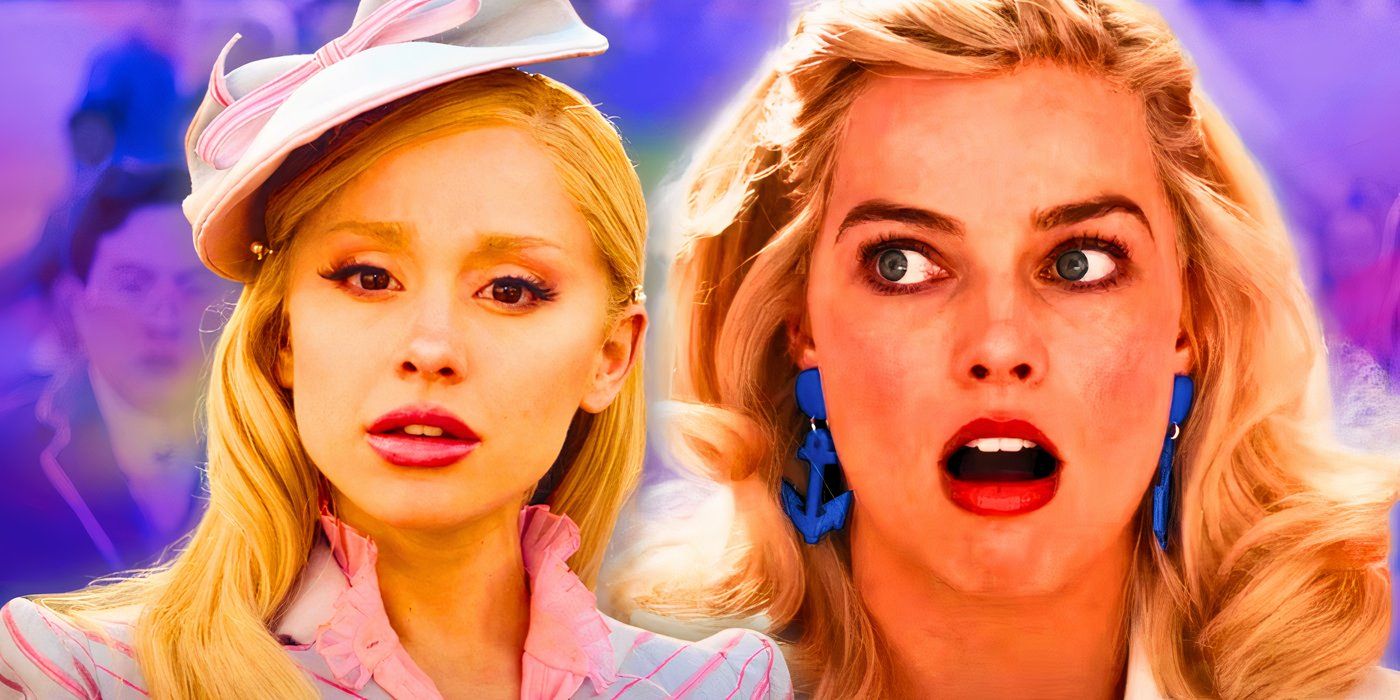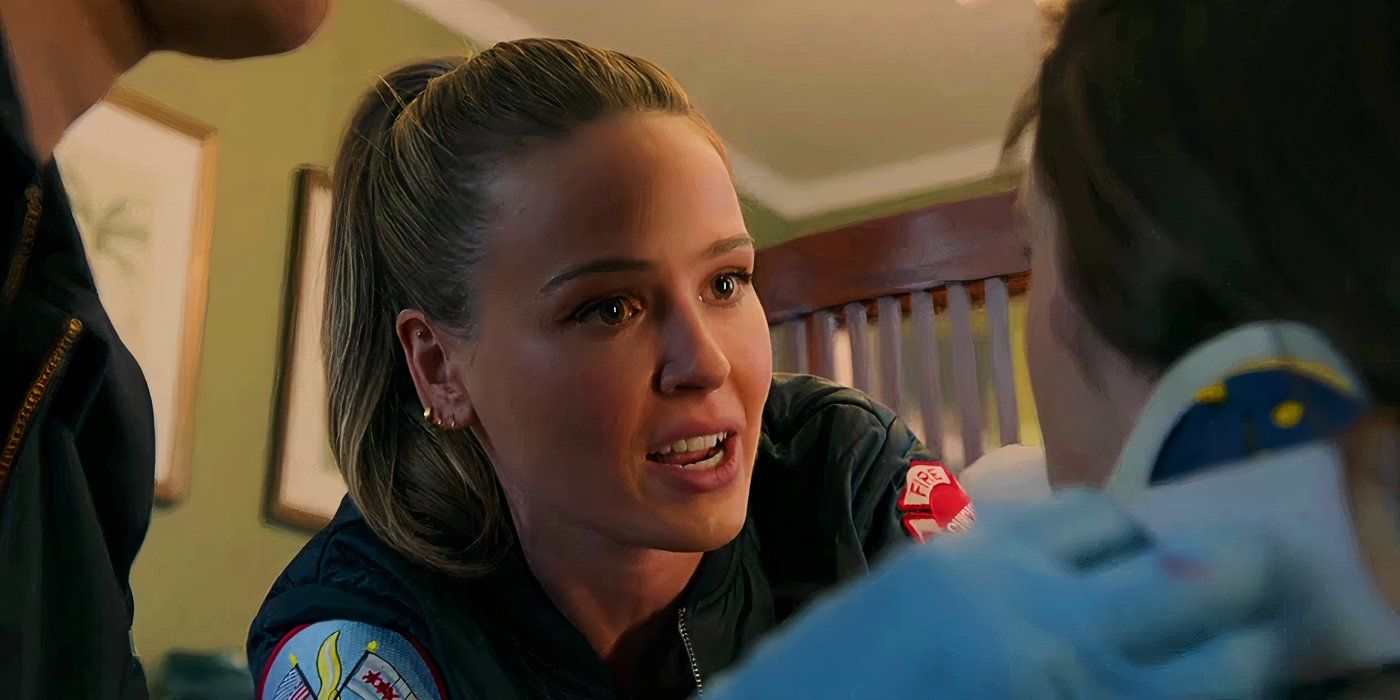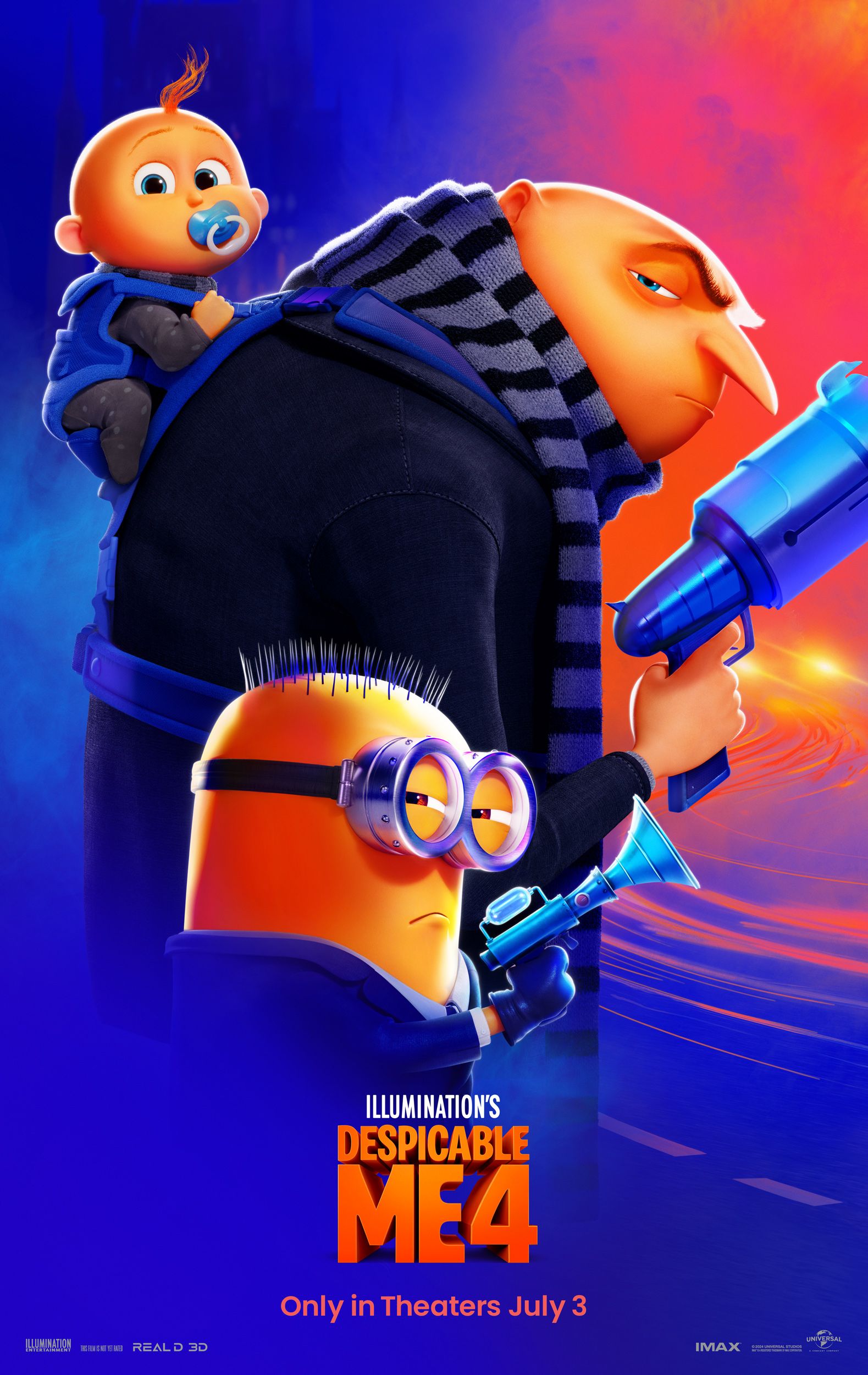Since 1995, Pixar has followed the same formula for 20 of their 29 movies, “what if X had feelings,” and it looks like their method won’t change anytime soon. Pixar is known not only for its major contribution to computer-animated films and profitability but also for its emotional storytelling. A large part of Pixar’s success is due to their out-of-the-box thinking and unusual choice of protagonists. With the recent release of the teaser trailer for Pixar’s upcoming movie Elemental, it makes sense to look back on which of their previous features followed a similar format.
Nearly every Pixar movie has used the same structure to examine previously unexplored worlds. They breathe life into inanimate objects, dead people, animals, concepts, and make-believe creatures by giving them compelling storylines that reveal their human-like emotions. Typically, when studios re-use the same idea, it leads to overdone stories and lower audience interest, but Pixar is rare because its structure has not resulted in repetitive content. Instead, their simple formula allows them just enough freedom to create unconventional stories with a vaguely similar design. As a result, Pixar has consistently re-used this method, but it is not always obvious when they do.
Toy Story (1995)
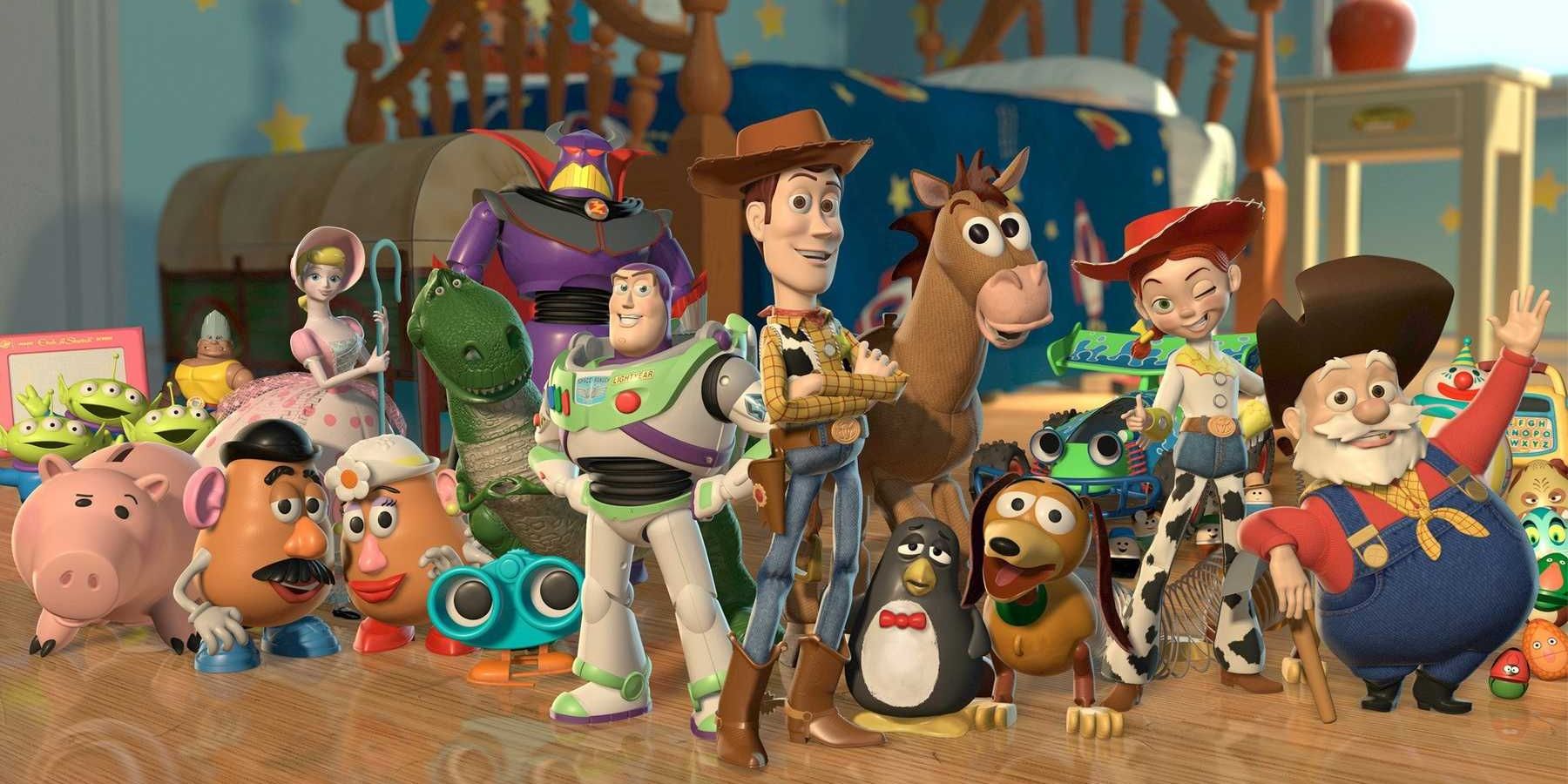
Toy Story using Buzz to introduce the idea that toys can have feelings was the beginning of Pixar’s exploration of humanizing inanimate objects. Buzz’s character in Toy Story deals with many emotions, like denial and full-blown depression, but his introduction also leads to Woody being jealous and angry. So it’s safe to say Pixar succeeded in exploring a world of emotions through these toys. The studio’s first feature, Toy Story, set a precedent for what was to come, resulting in four sequels. Although, the movie’s real legacy is its introduction of Pixar’s popular model by posing a simple question, “What if toys had feelings?”
A Bug’s Life (1998)
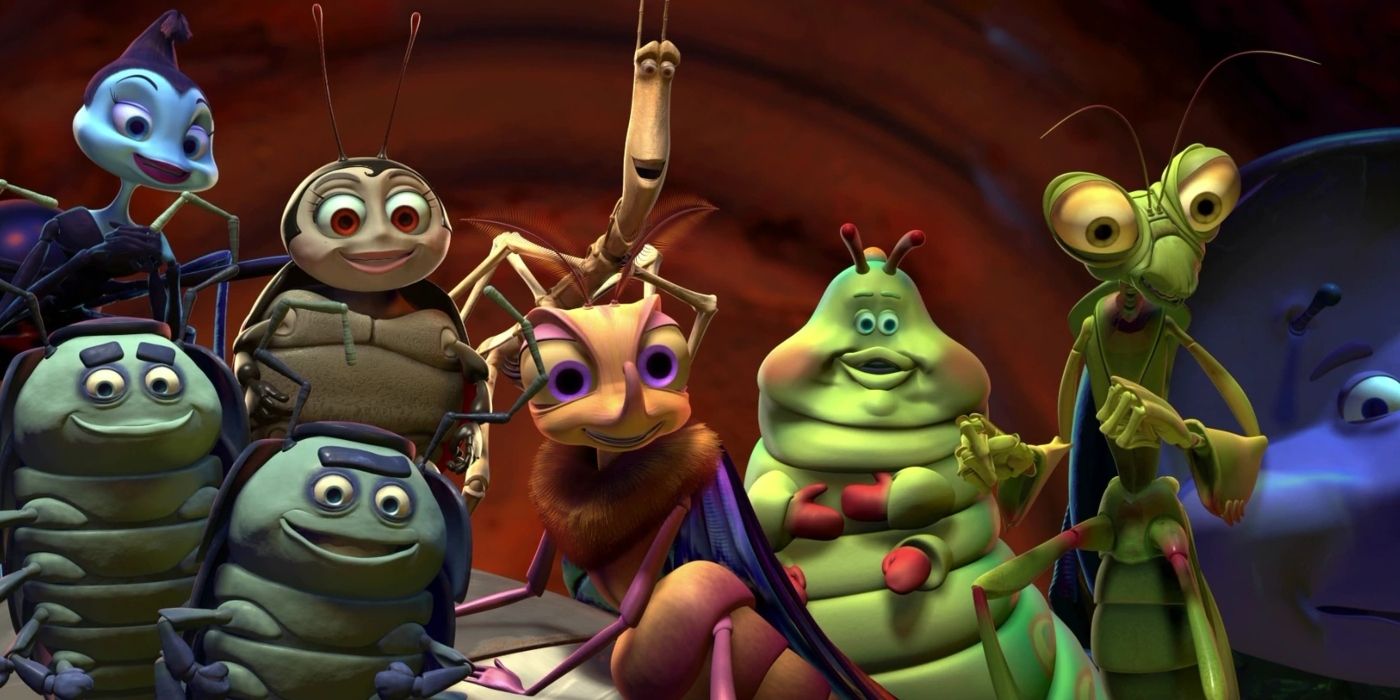
Pixar has always been dedicated to making sure the worlds they created, no matter how improbable, felt real. In the animation studio’s earlier films, Pixar even included blooper reels to keep the story going and encourage children to believe the universe they created actually exists. It also helped viewers sympathize with the characters by humanizing them further. Of course, adults watching obviously know A Bug’s Life isn’t real. Still, Pixar movies have the ability to create such profound and outstanding characters out of nonhuman creatures that it could make an adult question whether or not bugs feel emotions the way people do.
Monsters, Inc. (2001)
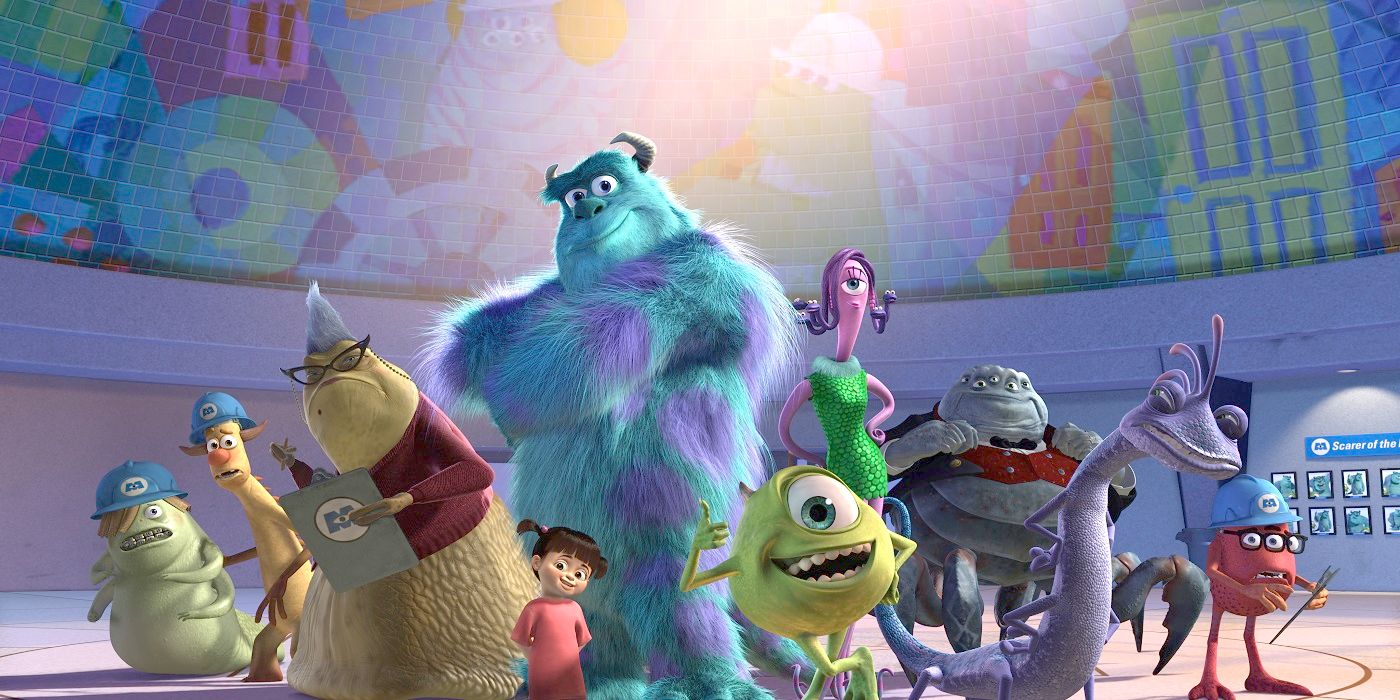
Monster, Inc. is another movie that followed Pixar’s typical structure but in an original way. It was still an innovative story but began with a similar question, “What if monsters had feelings?” Monsters, Inc.’s story allows children to connect with characters they would have otherwise feared. Mike is depicted as the scared and ignorant monster who is less willing to understand Boo, and Sully, while also terrified, is more open to questioning authority and helping her. Pixar’s formula allows its writers to simplify complex topics by putting them in an easily digestible context. For example, Monster, Inc. is about prejudice and ignorance, and it all began with a simple question.
Finding Nemo (2003)
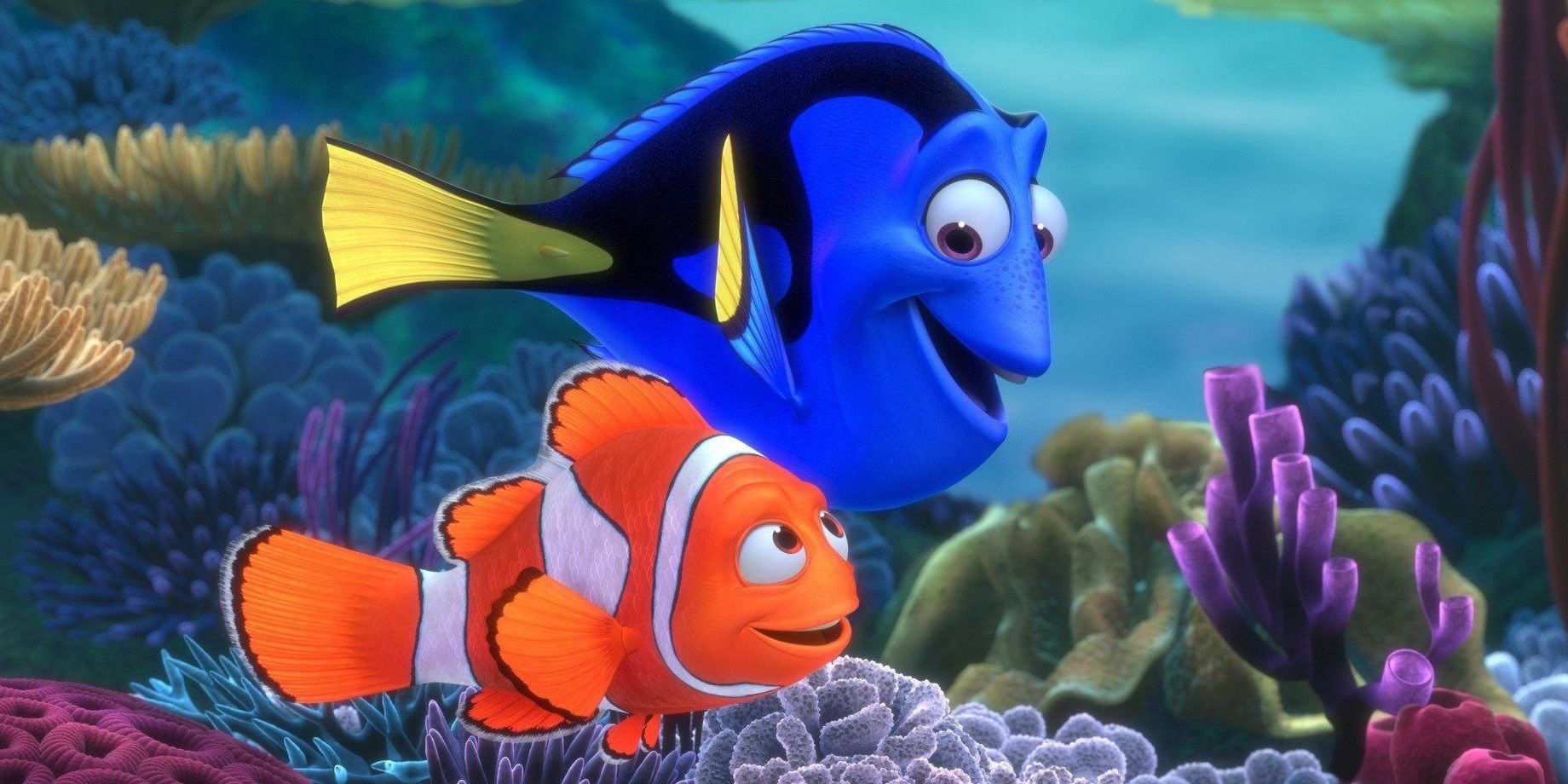
Finding Nemo also utilizes Pixar’s usual formula. Instead of following a human as he journeys across the world to find his son, the movie decided to make the protagonist a clownfish, which worked even better. The best way to connect a character to viewers is through tragedy, so setting up Marlin as a single-father desperate to find the only family member he has left humanized him. Pixar’s Finding Nemo also succeeded primarily due to its ability to immerse viewers in its world. However, it wouldn’t have been possible in a human setting because that would leave less to the imagination.
Cars (2006)
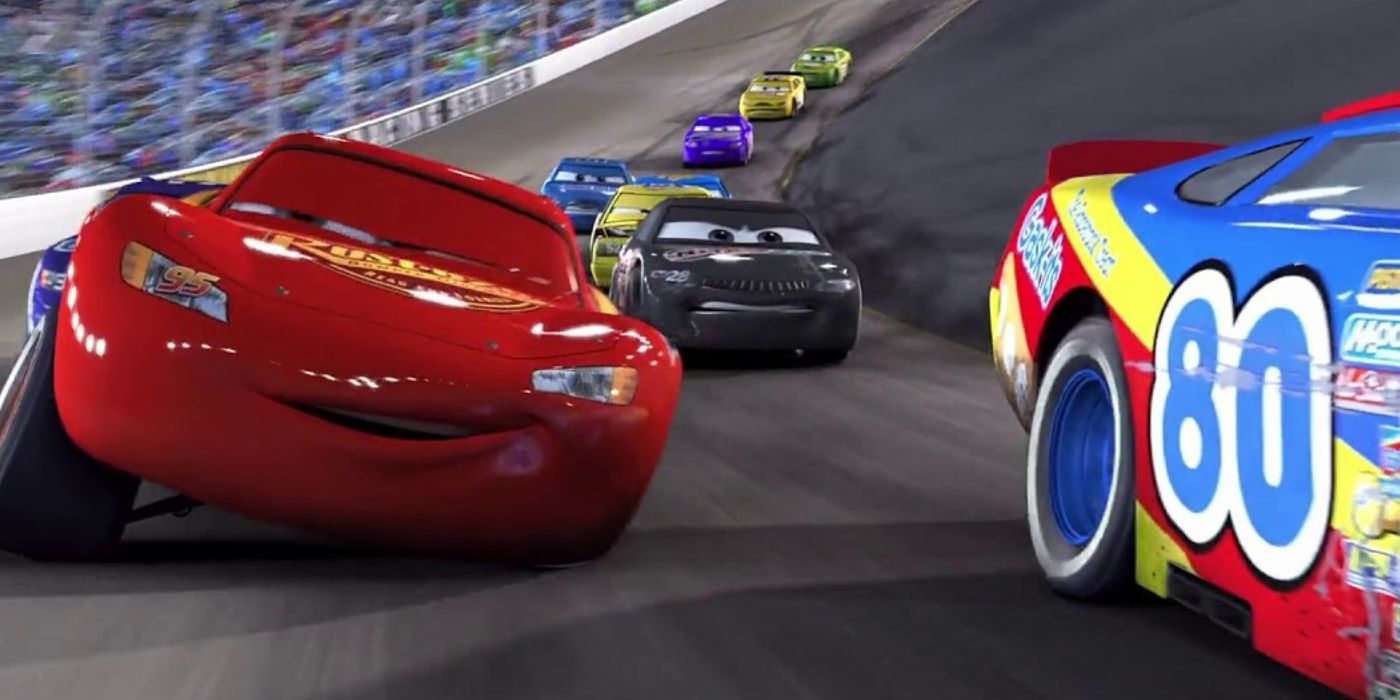
Cars could’ve been a live-action movie with humans instead of anthropomorphic cars, but once again, Pixar decided to follow their usual format and give feelings to inanimate objects. Much like with Finding Nemo, a large part of Cars’ success is in how the studio created an entirely new universe that parodies the real world. Putting a character in a high-stress situation, human or not, and allowing them to react in a way viewers can relate to is excellent writing. All a story needs is entertaining and relatable characters, and Cars delivers, which is why it is a huge commercial success, with audiences waiting for a Cars 4 release date.
Ratatouille (2007)
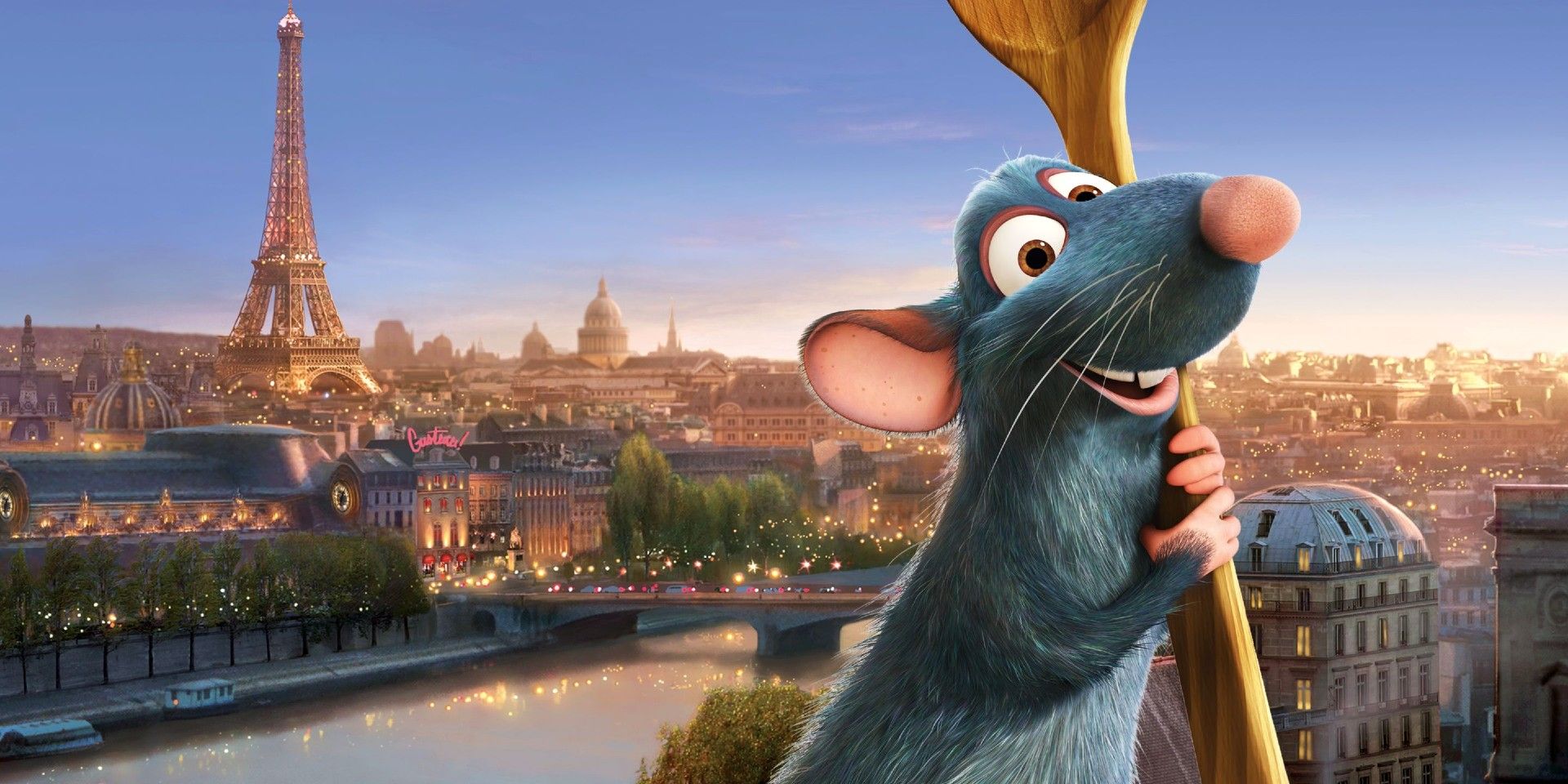
Ratatouille explores the world of Remy, a rat with human-like thoughts and emotions living in Paris. Remy dreams of being a chef; giving him a career to aspire to and a human puppet, it begs the question, “What if rats had feelings?” A mere story about a rat wanting to be a chef manages to examine prejudice, nepotism, and elitism, and the consensus, whether viewers are aware or not, is that everyone should have access to the same opportunities despite their station in life. Once again, Pixar used its formula to tell a much deeper story, and despite the movie not having a sequel, Ratatouille is one of Pixar’s best.
WALL-E (2008)
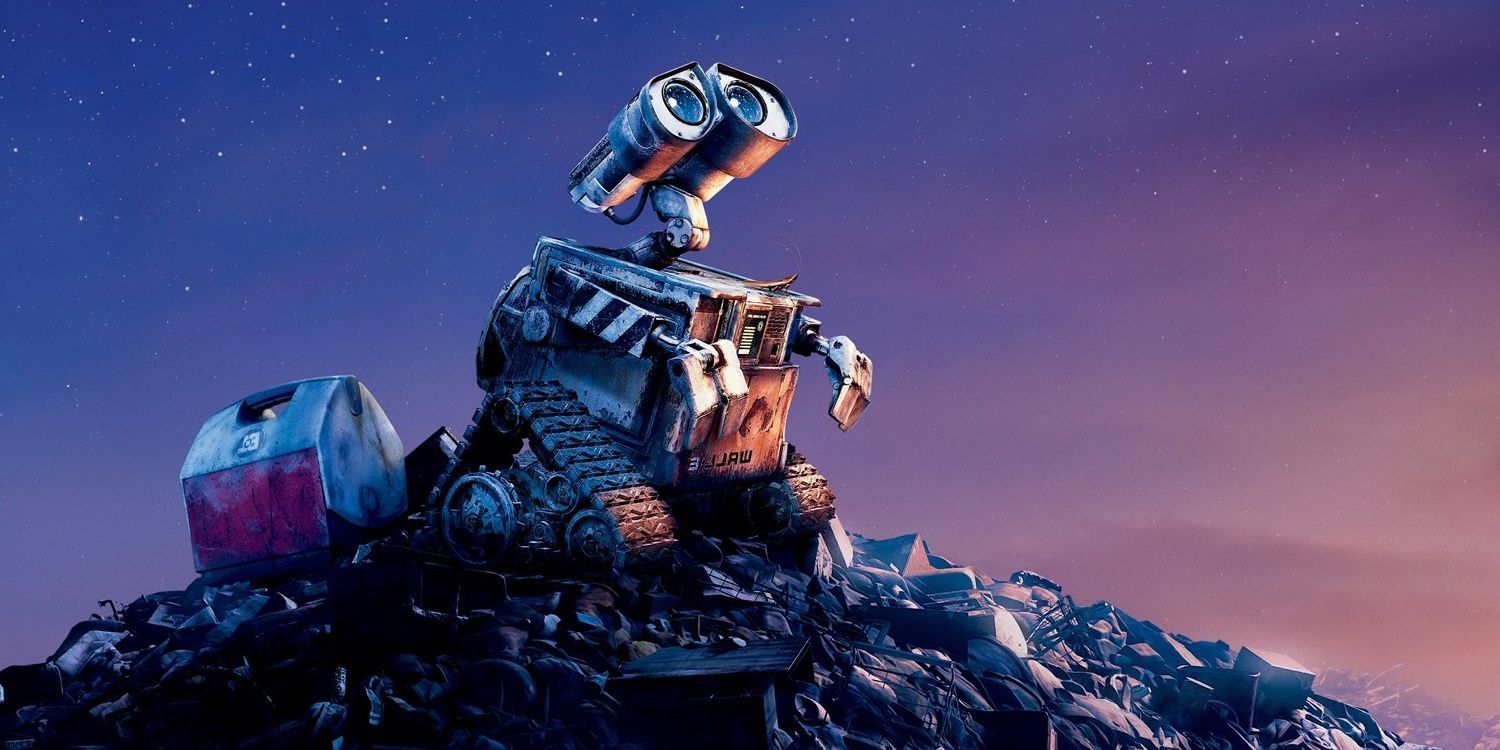
WALL-E is about protecting the environment and the dangers of the path that humanity is on, but it’s plain to see that the movie is another Pixar release that uses its standard format. WALL-E and EVE’s romance is at the center of the story and explores the idea of sentient robots. Whether it’s EVE and WALL-E and their romantic feelings or AUTO and his anger, the robots and their emotions take center stage in this Pixar favorite. WALL-E isn’t the first time a Hollywood studio has made a movie about sentient robots. Still, the difference is how well-written and emotionally rich Pixar made WALL-E’s characters.
Inside Out (2015)
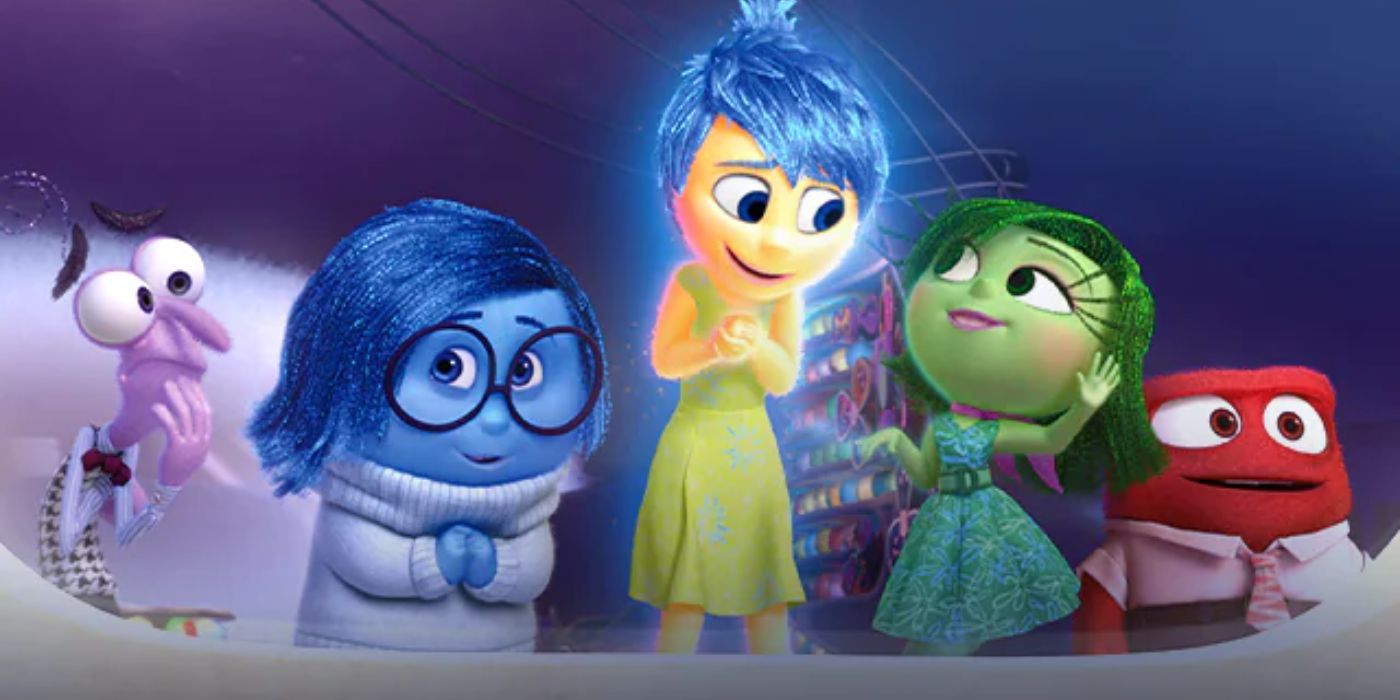
Pixar’s movies have always analyzed profound life questions, but Inside Out made the studio’s formula slightly more noticeable. It really can’t get any more meta than Pixar making a movie about emotions having emotions. However, the studio once again successfully used the same question to center their movie. Inside Out follows the emotions inside a young girl’s mind as they struggle to navigate their child’s changing world. Inside Out had beautiful insight into toxic positivity and depression. Aside from the life lessons, Inside Out created an elaborate and imaginative world with a vibrant cast of characters. This world even has franchise potential with endless possibilities for Inside Out 2.
The Good Dinosaur (2015)

The Good Dinosaur asks, “What if the dinosaurs never went extinct, and what if they had emotions?” The movie clearly used the same structure but didn’t do as well as other Pixar movies. The issue wasn’t necessarily Pixar’s formula but the execution. Despite the movie’s lackluster reception, it’s obvious The Good Dinosaur personifies dinosaurs by giving them human-like jobs and comparing them to actual humans — like Spot. Arlo is an Apatosaurus living with his family on their corn farm and struggling to find a sense of purpose. The writing still manages to humanize nonhuman characters by using loss and ordinary human struggles.
Coco (2017)
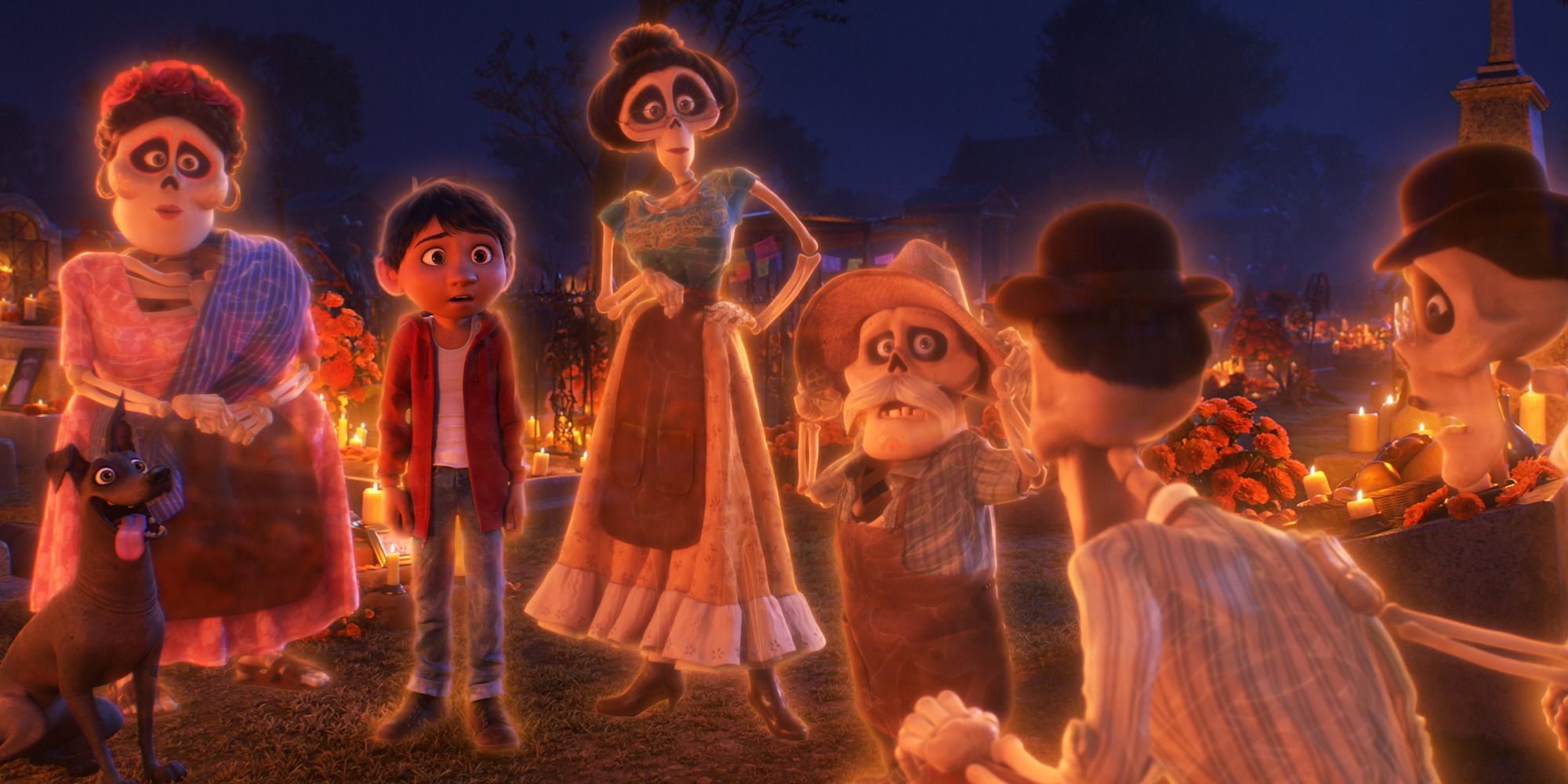
Another Pixar movie, Coco, followed the usual format, but the studio gave feelings to dead people this time. While the main character is a living boy, he spends most of the movie with his dead ancestors. Coco‘s heart is Miguel and Héctor’s relationship, and despite being dead, Héctor is one of the most human characters. Héctor is flawed and just trying to fix his past mistakes, but what makes him most human is his fear of being forgotten — the final death. Pixar managed to give a dead character a life-or-death crisis, ultimately allowing audiences to sympathize with a long-dead person.
Soul (2020)
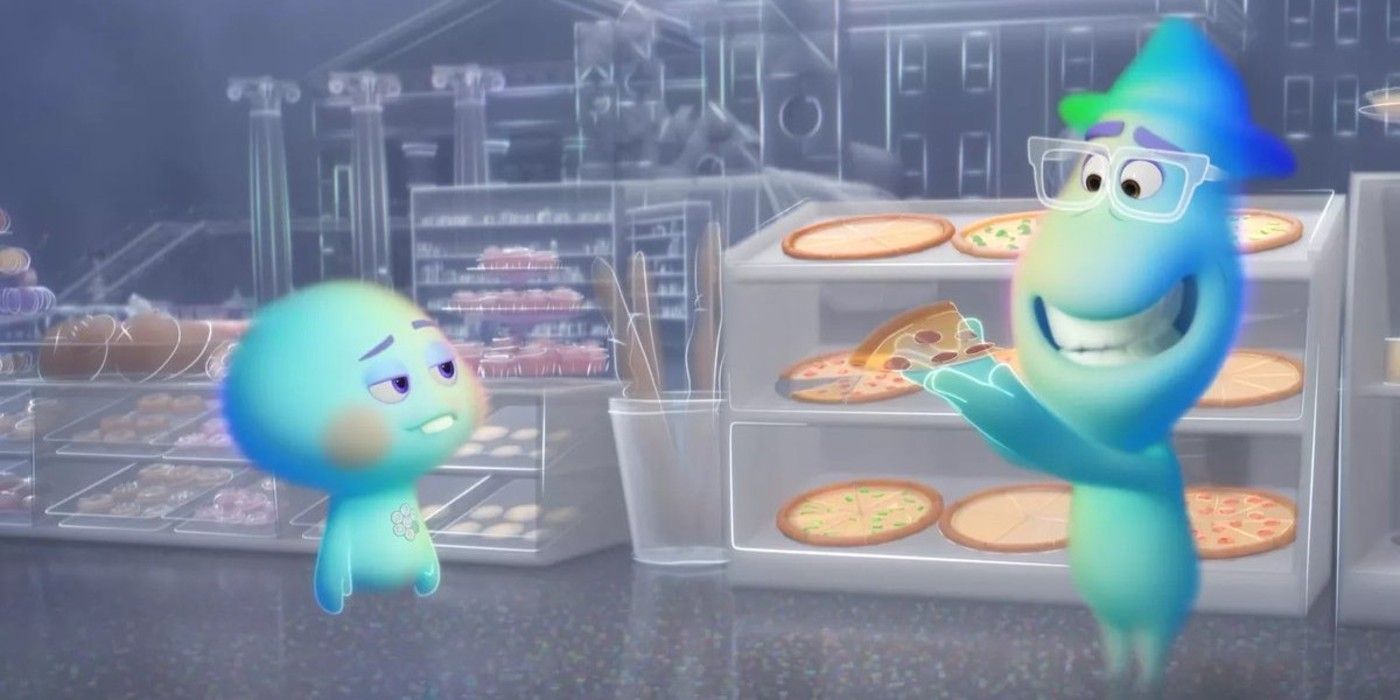
Soul followed in the footsteps of Inside Out as a movie that gave feelings to a concept. Inside Out was about an adolescent girl’s struggles with change, but the Pixar movie Soul is about an adult man dealing with an existential crisis. The majority of the movie isn’t about Joe, but instead follows his soul and another soul — 22. Pixar attempted to give feelings to these souls by creating an entire world within the movie where they were born, trained, and given personalities and interests. Yet, it was 22 and Joe’s struggle to find the point of life that ultimately humanized them and made them relatable to viewers.
Elemental (2023)
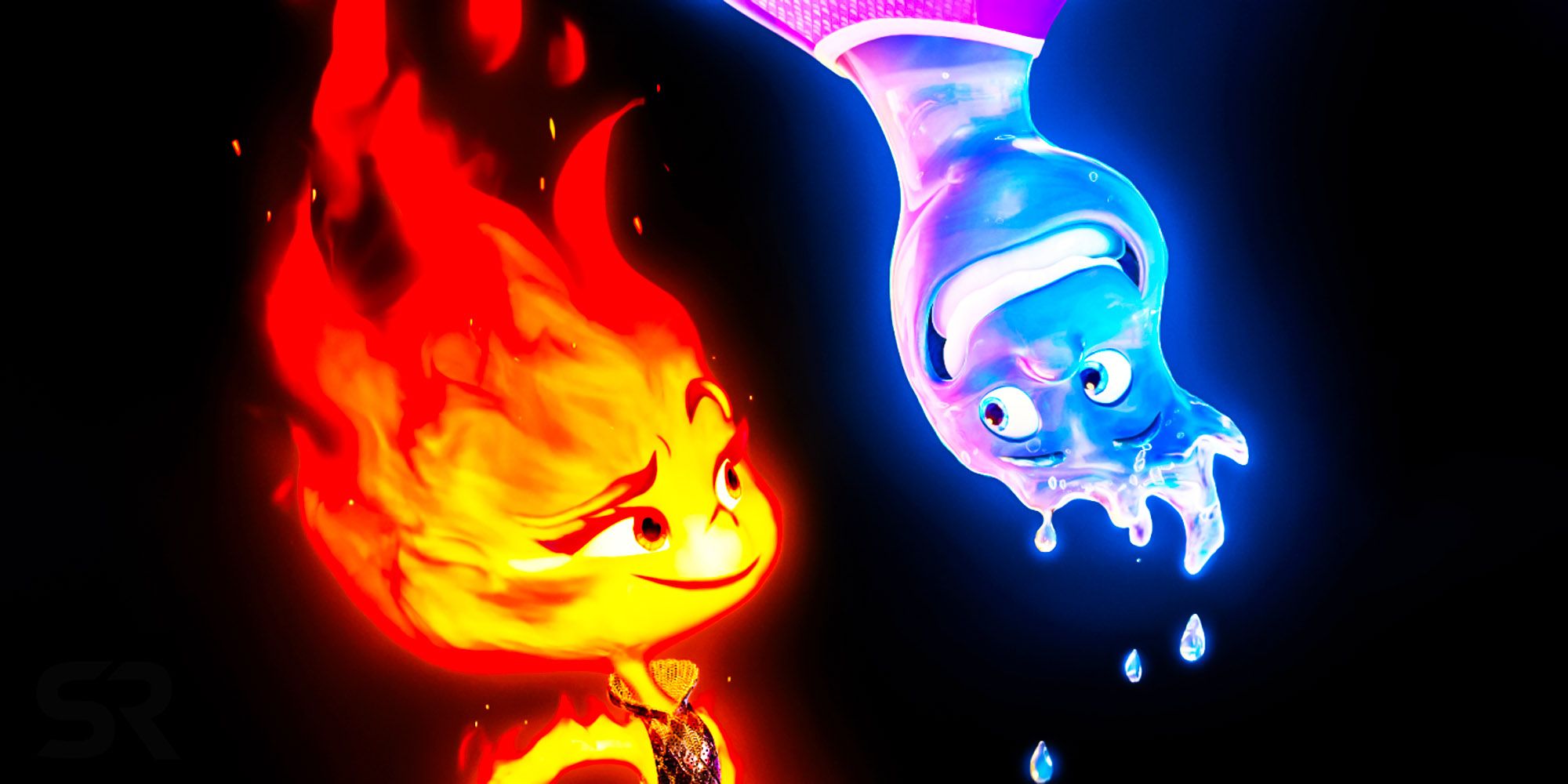
Elemental is one of Pixar’s upcoming movies, but even though it hasn’t been released yet, it’s already evident it will use Pixar’s classic formula. The risky Elemental will follow an unlikely pair, Ember, a fire element, and Wade, a water element, as they discover they’re not as different as they believe. The teaser trailer also hints at a romance between the two elements, and there is no better way to personify a non-human object than through love. Similar to Cars, the teaser also makes it look like Pixar is going to create an entirely new world with these element characters, which parodies real life.

